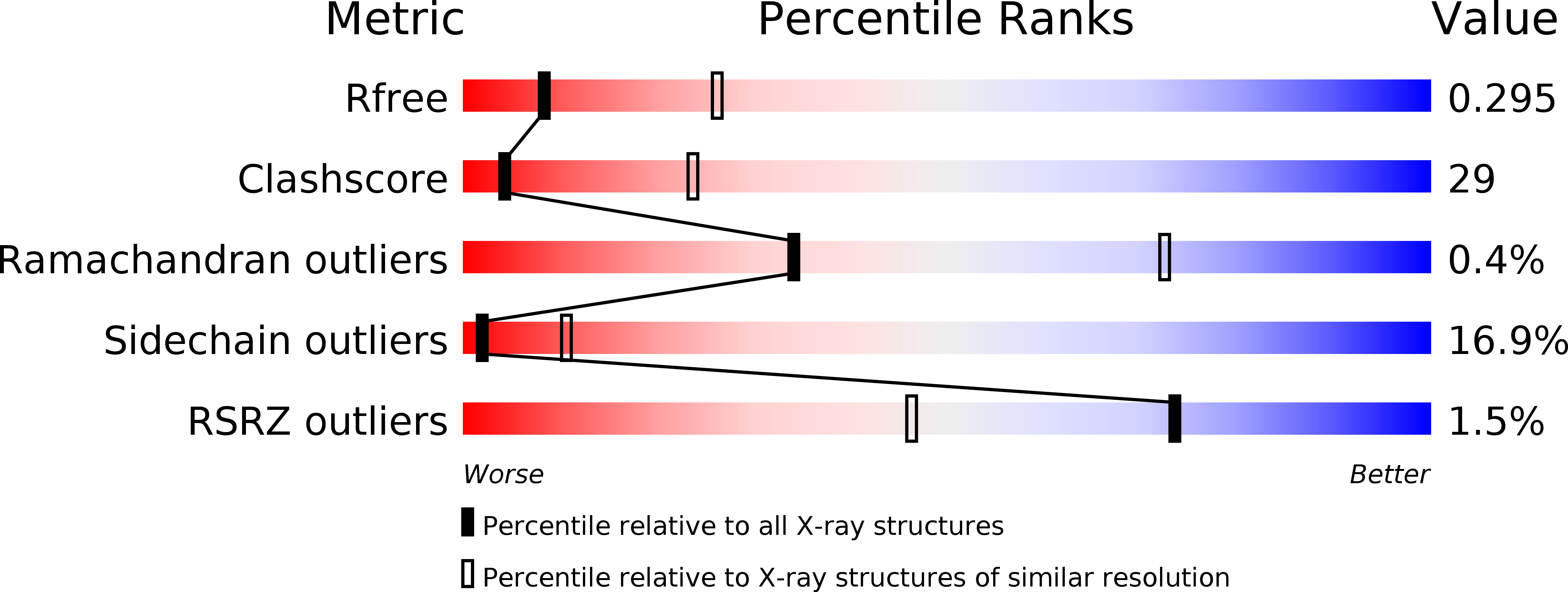
Deposition Date
2012-05-11
Release Date
2012-09-19
Last Version Date
2024-02-28
Entry Detail
PDB ID:
4F52
Keywords:
Title:
Structure of a Glomulin-RBX1-CUL1 complex
Biological Source:
Source Organism:
Homo sapiens (Taxon ID: 9606)
Host Organism:
Method Details:
Experimental Method:
Resolution:
3.00 Å
R-Value Free:
0.28
R-Value Work:
0.21
R-Value Observed:
0.22
Space Group:
P 1 21 1


